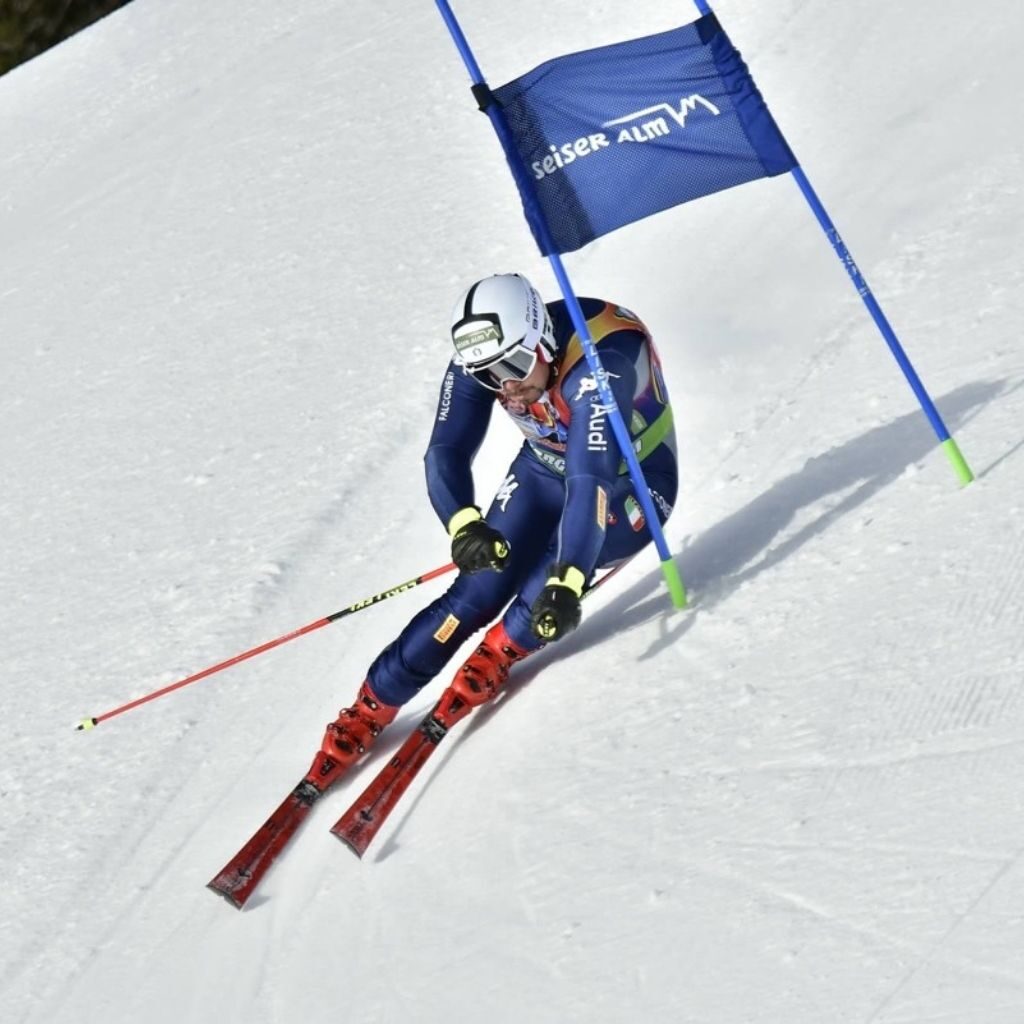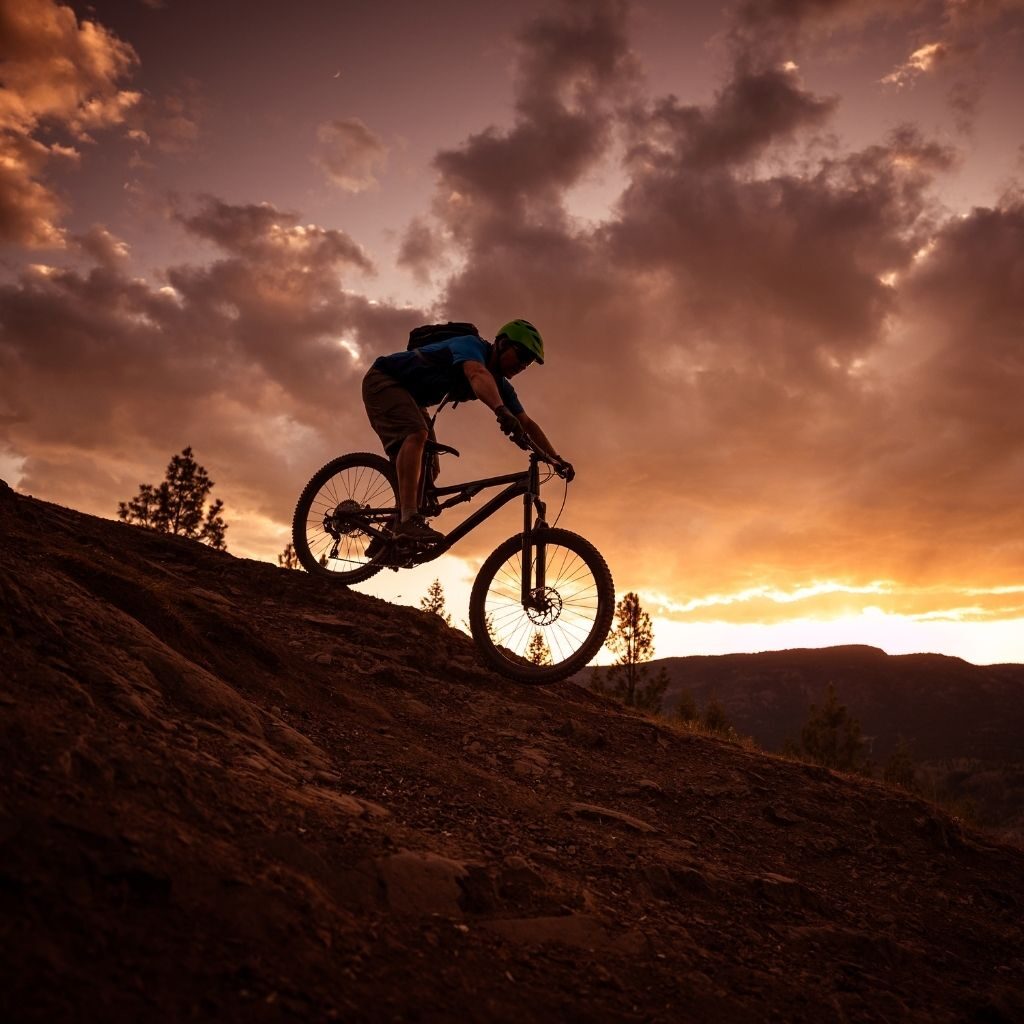Climbing is a great sport, a mixture of hard work and sweat, but at the end of the day, once you reach the top, it gives you a great feeling of excitement and an endless sense of satisfaction. There are various types of climbing and each of them has its own peculiarities. Unfortunately, as with all sports, climbing has its downsides and one of the main problems is injury.
What is it?
Climbing is a sport that has developed in recent years and consists of climbing an obstacle, natural or artificial, using only hand and foot holds. Of course, this is done with safety ropes. Many people believe that climbing is a long-standing activity, but this is not the case. It is only since the last century that some mountaineers have questioned the ethicality of climbing a rock with a ready-made, organised and well-equipped via ferrata. A ready-made route that does not require in-depth knowledge of progression techniques.
Climbing is a complete sport, hard and very tiring, but when you reach the top, it can give you indescribable emotions and provide you with endless self-esteem and satisfaction for having achieved your goal.
There are many climbing disciplines, which are described here:
- Free Climbing: This is the purest and freest way to approach this sport. In free climbing, the athlete uses only his or her own body to climb the mountain. The only additional elements are ropes and harnesses to provide extra safety in the event of a fall.
- Tree Climbing: this discipline consists of climbing a tree. This is a very special climbing technique with the ultimate goal of reaching the top of a tree by moving from branch to branch.
- Urban Climbing: this activity has recently been confirmed and approved because for many years it has remained in limbo on the edge of legality. It consists of climbing, by using climbing techniques, various urban elements such as bridges, buildings, monuments, houses…
- Climbing in a gymnasium or Indoor Climbing: takes place within a structure that is equipped with elements such as artificial walls that can be climbed. This is the typical scenario for a climber’s training as it allows him to train in any environmental conditions and is also where official climbing competitions take place.
- Mountain or rock climbing: this is traditional climbing and takes place on a rocky wall, usually in a mountain location, through the use of mobile protections. The anchor points can be removed so that the level of difficulty is uniform for all climbers.
- Bouldering: this discipline is a kind of mini climbing. It consists of climbing smaller boulders (usually several metres) than traditional climbing. This is done without the use of protective ropes, the only protection that can be used being mattresses to cushion falls.
Climbing equipment
As described above, climbing has many disciplines, so here is a description of the essential clothing and equipment needed to be able to climb in the best possible way and to be safe:
- Harness: is a system of fabric belts that wraps around the athlete from the hips down to the thighs and connects them directly to the safety rope.
- Rope: an essential element for climbing at its best. There are different types and thicknesses, depending on the type of climbing you want to do. The rope is usually accompanied by a rope bag for storage.
- Carabiners and brakes: here too there are many different types. The brakes can be of two types: self-locking or non-locking, and it is up to the athlete to decide whether or not they want the rope to be mechanically locked after a pull.
- Magnesite: is an essential product for keeping hands dry while climbing and avoiding unpleasant slips. There are three forms of magnesite: cubes, powder and liquid. Our advice is to go “by feel” and use the one that suits you best.
- Helmet: it is not compulsory, but it is very useful and highly recommended in order to protect and repair the head from falls.
- Climbing shoes: This tool is very important for the athlete who wants to play this sport. The shoes must have certain characteristics: they must be close-fitting but not tight, comfortable and above all they must be able to support the weight of the climber.
- Quickdraws: consisting of a pair of carabiners, are used to connect the rope to the protection attached to the wall.
Benefits of climbing
Climbing has both mental and physical benefits, here are some of the main advantages of climbing.
- When climbing outdoors, you have the opportunity to be completely in touch with nature. Breathtaking scenery and hard work are the basis of climbing.
- Climbing stimulates decision making, as the sport forces you to think clearly even in movements that require a lot of effort and thus significantly improves your psycho-motor skills.
- It fights stress and improves self-esteem; in this discipline you have set goals to achieve which once completed give you a huge boost and self-confidence.
- Improves the individual’s coordination. In some countries, such as Great Britain, climbing has been included as a useful activity for those suffering from coordination-related diseases such as dyspraxia.
- It strengthens the muscles and the heart, burns a lot of calories and gives constant exercise to all parts of the body. You don’t lift a weight, but your whole body using your arms and legs.
Climbing brings considerable health benefits to the athlete, but care must be taken when doing it, as various types of injury can occur.
Climbing injuries & tips for avoiding them
There are many different types of injuries and stress areas when practising this sport, but the most frequent ones can be located in three areas of the body:
- Hand: the areas that suffer the most stress are proximal interphalangeal joints, tendons of the superficial finger flexor and the tendons of the deep finger flexor. The finger flexor tendons become inflamed due to mechanical friction between the ligamentous structures and the tendons themselves.
- Elbow: the areas that are most easily inflamed are those around the medial and lateral epicondyle of the humerus. It is often possible to get enthesites, i.e., inflammation of the end of the muscle and its tendon. In this case, the advice is to alternate rest and light activity. A further pathology is that of the radial nerve, which is highly stressed in the pulling movement; continuous compression can damage the nerve structure. Stretching and massage of the affected area can improve the situation.
- Shoulder: there is a frequent possibility of dislocation. When climbing, the scapulohumeral joint is subjected to enormous stresses which occur in different ways. This means that the surrounding musculature must be strengthened evenly in order to keep the joint as stable as possible. Before starting to train, it is advisable to warm up the muscle area for at least 5 minutes.
“Climbing here saved my life from the confines of materialistic illusion that we’re taught as children in school. The way I see it, there are two worlds: there’s the world where nothing is sacred except money, and the other world where everything is sacred.”
(Ron Kauk)









